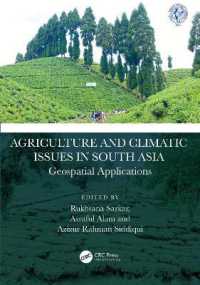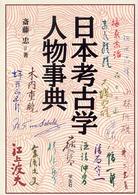Full Description
Relative age effects (RAEs) refer to the participation, selection, and attainment inequalities in the immediate, short-term, and long-term in sports. Indeed, dozens of studies have identified RAEs across male and female sporting contexts. Despite its widespread prevalence, there is a paucity in the empirical research and practical application of strategies specifically designed to moderate RAEs. Thus, the purpose of this book is to situate RAEs in the context of youth sport structures, lay foundational knowledge concerning the mechanisms that underpin RAEs, and offer alternative group banding strategies aimed at moderating RAEs.
In order to enhance our knowledge on birth advantages and RAEs to create more appropriate settings, key stakeholders, such as coaches, practitioners, administrators, policy makers, and researchers, are required to understand the possible influence of and interaction between birthplace, engagement in activities, ethnicity, genetic profile, parents, socioeconomic status, and relative age. Thus, in addition to RAEs and alternative group banding strategies, Birth Advantages and Relative Age Effects in Sport also examines the role of additional birth advantages and socio-environmental factors that young athletes may experience in organized youth sport.
Drawing from both empirical research and practical examples, this book comprises three parts: (a) organizational structures, (b) group banding strategies, and (c) socio-environmental factors. Overall, this book broadens our understanding of the methodological, contextual, and practical considerations within organizational structures in sport to create more appropriate settings, and strive to make positive, impactful change to lived youth sport experiences.
This book will be of vital reading to academics, researchers, and key stakeholders of sports coaching, athlete development, and youth sport, as well as other related disciplines.
Contents
Introduction
1. Introducing Birth Advantages and Relative Age Effects in Sport
Part 1: Setting the Stage: Conceptual and Methodological Foundations of Organizational Structures
2. Situating Birth Advantages Within the Youth Sport System
3. Organizational Structures in Sport: Methodological Considerations
4. Relative Age Effects in Rugby Union: A Narrative Review
Part 2: Organizational Structures: Group-banding Strategies in Youth Sport
5. "Playing-up" in Youth Soccer
6. Birthday-banding in the England Squash Talent Pathway
7. The Average Team Age Method and its Potential to Reduce Relative Age Effects
8. Bio-banding in Youth Soccer: Considerations for Researchers and Practitioners
Part 3: Creating Appropriate Settings: The Role of Socio-environmental Factors
9. How Nature and Nurture Conspire to Influence Athletic Success
10. Relative Access to Wealth and Ethnicity in Professional Cricket
11. Parents' Roles in Creating Socio-environmental Birth Advantages for Their Children
12. Competitive Engineering in the Youth Sport Context: Theory, Practice, and Future Directions
Summary
13. Organizational Structures: Looking Back and Looking Ahead








